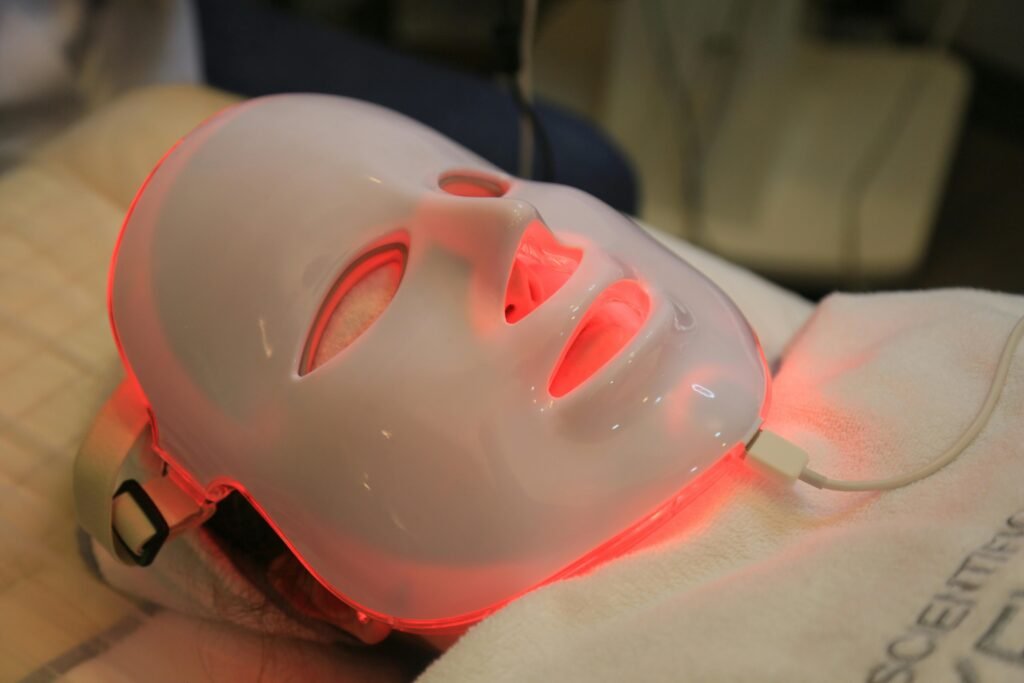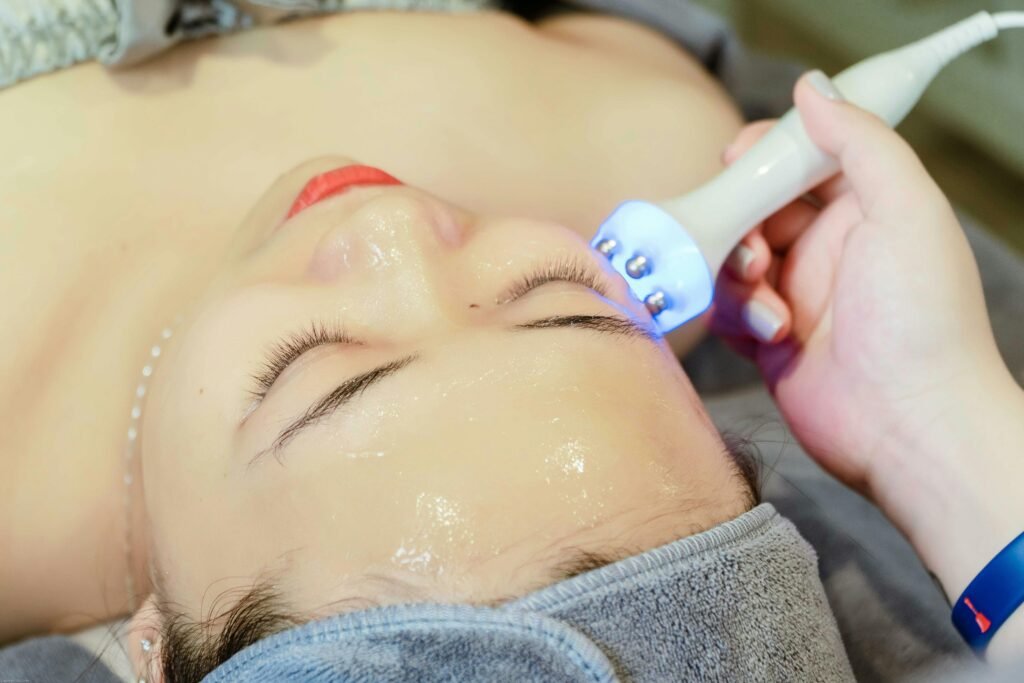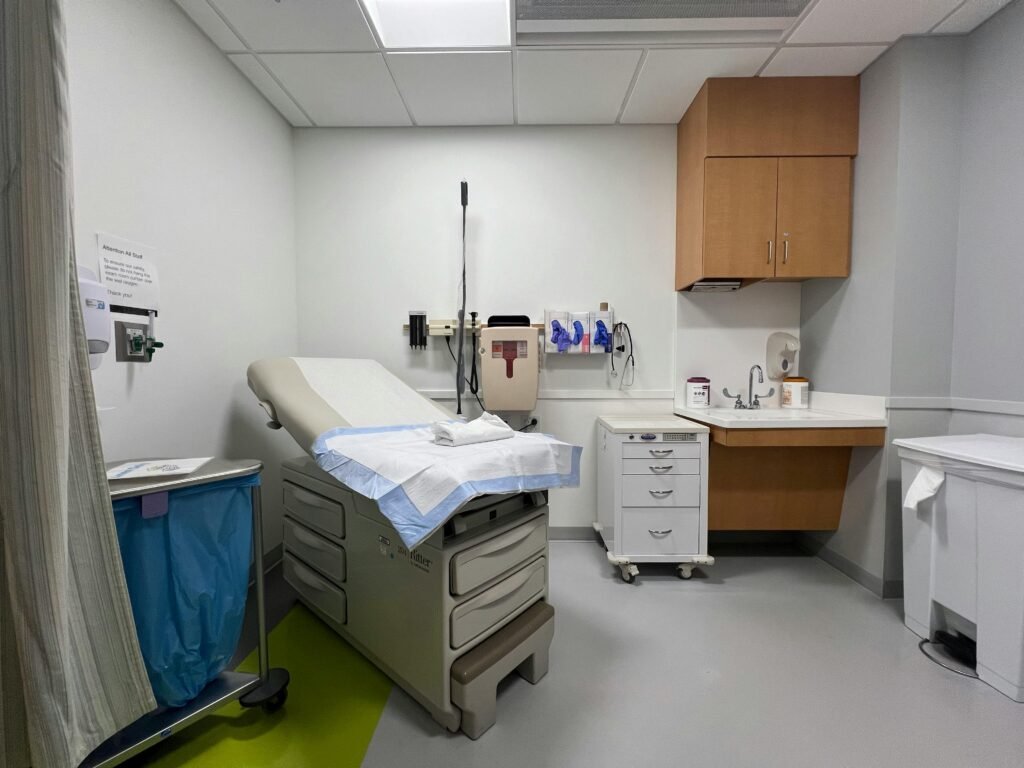
Introduction to Red Light Therapy
Red light therapy has gained attention as a potential solution for a variety of health and cosmetic concerns.
Using low-level wavelengths of red and near-infrared light, this therapy is said to promote cellular repair and regeneration.
Proponents claim it can improve skin texture, reduce inflammation, alleviate chronic pain, and even support wound healing.
With promises that sound appealing, it’s no surprise that red light therapy has moved from clinical settings to home-use devices, becoming more accessible to the general public.
One reason for its growing popularity is its non-invasive nature.
Unlike treatments like chemical peels or surgeries, red light therapy does not damage the skin’s surface or require significant downtime.
Many users also find the experience pleasant and relaxing, further contributing to its appeal.
However, as with any trending treatment, it’s essential to take a closer look at whether these benefits are supported by evidence or exaggerated by marketing.
Research into red light therapy is still developing, with most studies focusing on its effects on the skin.
Some findings suggest it may help with issues like wrinkles, scars, and acne by promoting collagen production and reducing inflammation.
However, for many other claims; such as its ability to address conditions like depression or aid in weight loss, evidence is either insufficient or nonexistent.
For those considering red light therapy, this means understanding that its effectiveness may depend on the specific issue being targeted.
The convenience of at-home devices has contributed to the buzz around red light therapy, as they allow users to try the treatment without visiting a clinic.
These devices are typically more affordable than professional sessions, but their lower intensity may limit results.
Additionally, not all devices are regulated to ensure safety or efficacy, which raises questions about whether they deliver on their promises.
On the other hand, professional treatments performed in medical or wellness settings use more powerful equipment.
These sessions can cost significantly more and may require multiple visits to see noticeable effects.
Furthermore, these treatments are rarely covered by insurance, which can make long term use expensive for individuals seeking ongoing care.
While generally considered safe, red light therapy isn’t risk free.
Users should be cautious to avoid overuse, as excessive exposure could lead to skin irritation or discomfort.
Consulting a medical professional before starting red light therapy is recommended, particularly for individuals with preexisting conditions or those taking medications that increase light sensitivity.
By examining both the potential benefits and the limitations of red light therapy, individuals can better assess whether this treatment aligns with their goals and expectations.
Understanding the Claims

Red light therapy is frequently highlighted for its potential to improve skin health and appearance.
Many users find the treatment appealing due to its non invasive nature, which makes it a gentler alternative to procedures like chemical peels or laser resurfacing.
Outside of skincare, red light therapy is often marketed as a solution for a variety of other issues.
For example, companies promoting the therapy sometimes claim it can aid in weight loss, reduce cellulite, or even alleviate symptoms of depression.
There are also products and services suggesting it can address chronic conditions like arthritis or more serious diseases, including cancer.
However, the evidence supporting these uses is either extremely limited or absent altogether. Scientific evidence does not support these uses.
For skin-related applications, the proposed benefits often center on increased collagen production, improved blood flow, and reduced inflammation.
These mechanisms are thought to contribute to the visible improvements in skin texture and tone that some users report.
The scientific community does acknowledge the potential of red light therapy in this area, but experts emphasize that the quality of evidence varies widely.
Some studies show promising results, but others lack rigorous designs, such as randomized control groups, which are necessary to verify the effectiveness of the treatment across diverse populations.
While these claims may sound appealing, they are often accompanied by a lack of transparency regarding the limitations of current research.
Many advertisements and promotional materials for red light therapy fail to acknowledge that the benefits may not apply universally.
Individual factors, including skin type, the specific device used, and the frequency of treatments, can all influence outcomes.
As a result, users may experience differing levels of success, or in some cases, no noticeable improvement at all.
It is also worth noting that many of the broader claims tied to red light therapy, particularly for non skin-related conditions, are not grounded in well conducted studies.
Consumers should approach these claims with skepticism and consult with medical professionals if they are considering red light therapy for purposes outside of those more directly supported by evidence.
Scientific Evidence and Studies

Red light therapy has gained attention for its potential therapeutic effects, and while the interest is understandable, its scientific foundation requires closer scrutiny.
In clinical medicine, this therapy has been incorporated into photodynamic therapy, where low-power red laser light activates a drug to target and destroy cells.
This method has been utilized to treat certain conditions, including skin cancer and psoriasis. Such applications suggest that red light therapy has a biological impact, but translating these effects into broader health benefits has proven more complicated.
A significant challenge in evaluating red light therapy is the variability and limitations of the research.
Additionally, a considerable portion of this research has been conducted on animals or isolated cell cultures, which, while valuable for understanding mechanisms, may not directly translate to human outcomes.
Despite these issues, there are areas where preliminary findings are encouraging.
For example, some studies suggest that red light therapy can enhance cellular energy production by stimulating mitochondria, potentially contributing to reduced inflammation and improved tissue repair.
An important aspect to consider is the diversity of red light therapy devices and treatment protocols.
Different wavelengths, intensities, and durations of exposure can yield varying results.
As these factors are not always standardized across studies or commercial products, it becomes difficult to generalize findings or predict outcomes for consumers.
For instance, while some clinical studies use precise laser devices, consumer-grade products may rely on less powerful light-emitting diodes (LEDs), potentially limiting their effectiveness.
Moreover, red light therapy is often promoted for a wide array of conditions beyond skin health or cellular repair. However, such claims frequently lack credible support.
Consumers should be cautious about accepting these assertions without evidence, as they often stem from anecdotal reports or marketing rather than scientifically validated research.
Potential Drawbacks

While red light therapy is often promoted as a safe and non invasive treatment, it does have certain drawbacks that potential users should consider.
For many individuals, cost can be a significant factor.
The cost of professional treatments, in particular, can add up quickly since multiple sessions are often needed to achieve noticeable results.
Even at home devices, while less expensive overall, require an upfront investment that may not be within everyone’s budget.
Another limitation of red light therapy is its variability in effectiveness.
Not all users experience the same results, as outcomes depend on a combination of factors, including the specific condition being treated, individual responses to the therapy, and the quality or intensity of the device used.
For example, consumer-grade devices may lack the power of professional equipment, which could limit their impact.
Additionally, the therapy may be less effective for certain conditions, particularly those outside the scope of well-supported claims, such as skin health.
Although side effects from red light therapy are generally minimal, they can occur.
Overuse of devices or improper application might lead to temporary skin irritation or discomfort.
Individuals with conditions that make them more sensitive to light, or those taking photosensitizing medications, may be at a higher risk for adverse effects.
As such, consulting a medical professional before beginning treatment is especially important for these groups.
Proper guidance can help users minimize risks and ensure they are using the therapy correctly.
There is also a lack of standardization across devices and treatment protocols, which can complicate the user experience.
Differences in wavelengths, intensity levels, and recommended exposure times between products can make it challenging for individuals to determine which device or regimen is most appropriate for their needs.
Some manufacturers may not provide clear instructions or adequate safety information, which can lead to misuse or reduced effectiveness.
Lastly, expectations surrounding red light therapy may not always align with reality.
Marketing materials often emphasize potential benefits without fully addressing the limitations of the available research or acknowledging that results may vary.
This can lead to unrealistic hopes for dramatic improvements, especially for conditions where evidence remains inconclusive.
Comparing Costs and Accessibility

The financial aspect of red light therapy is an important consideration for anyone interested in exploring its potential benefits.
Professional treatments typically take place in clinics, dermatology offices, or wellness centers and can cost anywhere from $50 to $300 per session, depending on the provider and the technology used.
These sessions are often performed using high powered equipment designed to deliver consistent, targeted results.
However, to see noticeable improvements, multiple sessions may be required, which can quickly add up to hundreds or even thousands of dollars.
Since insurance does not usually cover red light therapy, individuals must budget for this as an out-of-pocket expense.
For those seeking a more cost-effective approach, at-home red light therapy devices are a popular option.
These devices range in price from $100 to over $1,000, depending on their features, size, and intensity.
Many consumers are drawn to at-home devices due to their one-time purchase cost and convenience, as they allow users to perform treatments in the comfort of their own homes without scheduling appointments.
However, at home devices generally have lower power output than professional grade machines, which may result in slower or less noticeable improvements.
Some users find that consistent use is necessary to achieve results, which may require a greater time commitment compared to the shorter, higher-intensity sessions offered in a clinical setting.
In addition to the cost differences, accessibility is another factor to consider when deciding between professional and at home options.
Clinics and wellness centers offering red light therapy are more commonly found in urban or suburban areas, potentially limiting access for those in rural locations.
Travel time and scheduling constraints can also be a barrier for some individuals, especially if frequent visits are required to maintain results.
On the other hand, at-home devices eliminate the need for travel and offer flexibility, making them more accessible for users with demanding schedules or limited mobility.
Despite the advantages of home devices, there are challenges associated with their accessibility.
Not all at-home options are created equal, and the wide range of devices on the market can make it difficult for consumers to determine which ones are reliable and effective.
Many manufacturers provide minimal guidance on proper usage, leading to potential misuse or unrealistic expectations.
Additionally, cheaper devices may cut costs by using lower quality components, which could compromise safety or reduce therapeutic benefits.
It is also worth noting that the lack of standardization across the industry can complicate the buying process for consumers.
Factors such as the wavelength of light, intensity, and recommended treatment duration vary significantly between products, and not all manufacturers adhere to the same safety or efficacy standards.
As a result, individuals may need to conduct extensive research before investing in a device, which can be time consuming and overwhelming.
For those who prefer professional treatments, the lack of standardization can extend to clinical offerings as well.
Different providers may use varying equipment, protocols, and techniques, which can impact the overall effectiveness of the therapy.
Patients should consider consulting with licensed professionals and asking about the specifics of the devices and methods used before committing to a series of treatments.
Conclusion and Balanced Perspective

Red light therapy offers a non invasive option that may benefit individuals seeking improvements in skin health or relief from certain conditions.
Its ability to potentially enhance collagen production, reduce inflammation, and improve skin texture has made it a popular choice among users, particularly for cosmetic applications.
The therapy’s gentle nature and minimal risk of side effects are also attractive features, especially for those who prefer alternatives to more invasive treatments.
For skin related concerns, early research shows promise, and some users report positive results with consistent use.
However, its effectiveness can vary depending on individual factors and the specific condition being addressed.
While these advantages are appealing, it is equally important to consider the limitations and uncertainties surrounding red light therapy.
Many of the broader claims tied to this treatment, such as its ability to aid in weight loss or alleviate chronic diseases, are not well-supported by rigorous scientific evidence.
In fact, much of the research remains in preliminary stages, with many studies relying on small sample sizes or focusing on animals rather than humans.
This lack of definitive data makes it difficult to draw strong conclusions about the therapy’s effectiveness for purposes beyond skin health.
Cost and accessibility are additional factors to weigh.
Professional treatments, while potentially more effective due to the use of high powered equipment, can be expensive, especially given the need for multiple sessions.
At home devices offer a more affordable and convenient alternative, but their lower intensity may limit their effectiveness.
Furthermore, the lack of standardization in device design and treatment protocols adds complexity, making it essential for consumers to carefully evaluate their options and seek guidance when needed.
Another consideration is the variability in outcomes among users. Not everyone experiences the same level of improvement, and some may see little to no noticeable change despite consistent use.
This can be influenced by factors such as skin type, device quality, and adherence to recommended treatment guidelines.
Managing expectations is crucial, as red light therapy may not deliver dramatic results for all users, particularly for conditions with limited scientific backing.
Safety is generally a strength of red light therapy, but it is not without risks.
Overuse or improper application can lead to temporary skin irritation, and individuals with photosensitivity or those taking certain medications should consult a healthcare provider before beginning treatment.
Ultimately, red light therapy has potential benefits but also notable limitations.
For individuals interested in exploring this treatment, a balanced approach is essential.
Consider the specific condition you wish to address, research the evidence supporting its use, and consult with a qualified professional to determine if it aligns with your needs and goals.
By approaching red light therapy with realistic expectations and informed decision making, users can better assess its role in their overall wellness journey.
